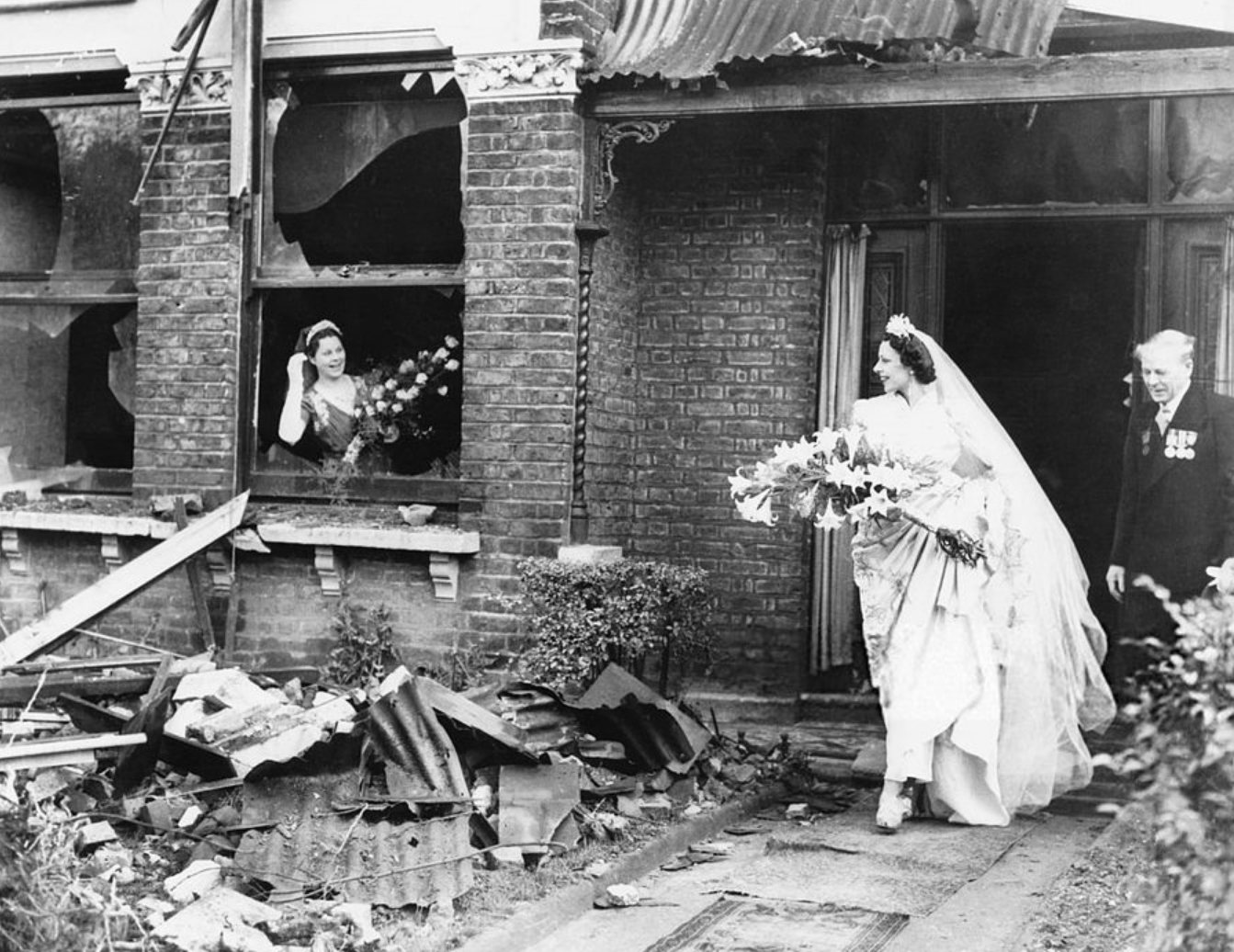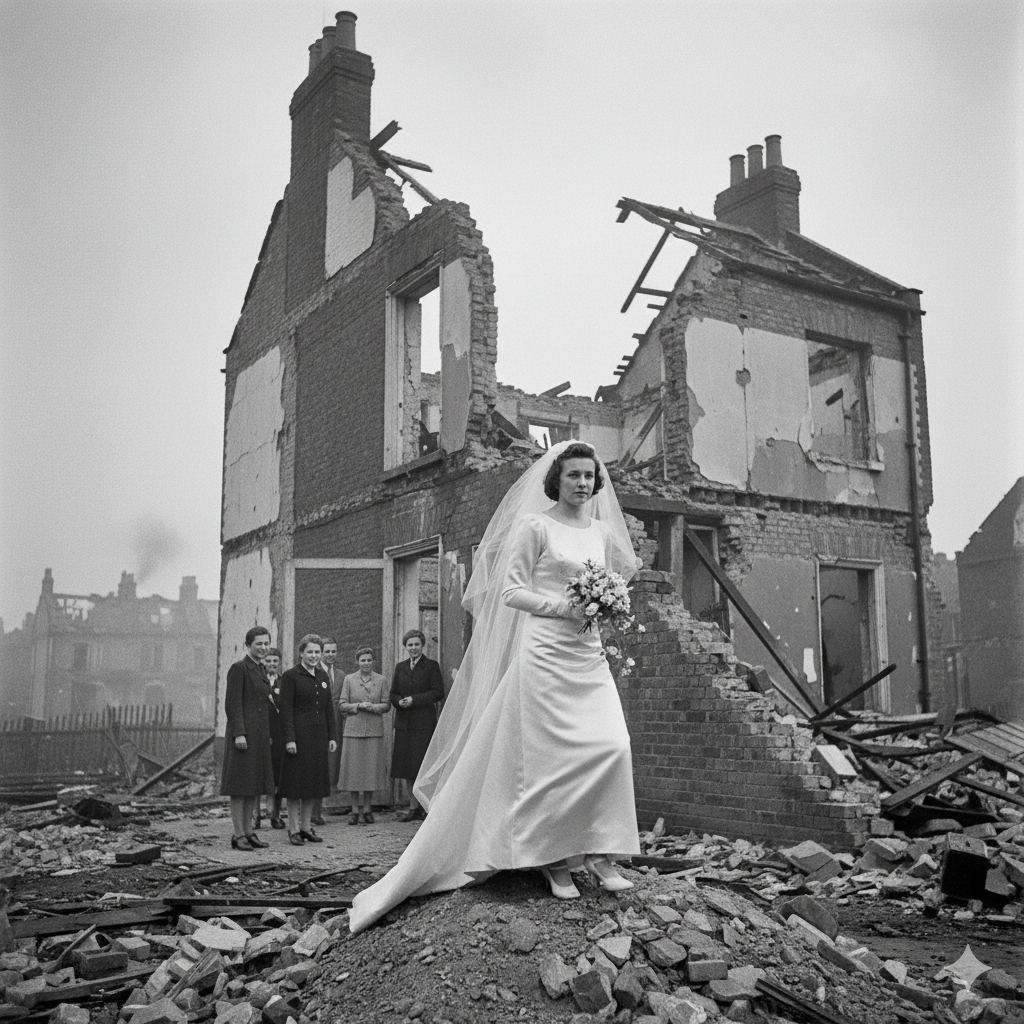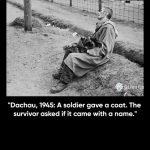Love Amidst the Rubble: A London Bride’s Defiance

RELATED VIDEOS:
The year is 1940. London, a city steeped in history and pride, found itself under siege, battered nightly by the relentless German Luftwaffe in what became known as the Blitz. Amidst the chaos and destruction, where sirens wailed and bombs tore through homes, a poignant image emerged, a stark testament to the indomitable human spirit. It was the image of a bride, in her pristine white dress, stepping out of her recently bombed home, not in despair, but towards her wedding.

Her surroundings were a landscape of desolation: fractured walls, heaps of rubble, and the grim specter of what was once a home. Yet, in the midst of this devastation, she stood, a beacon of defiant hope. Her decision to carry on with her wedding, to embrace life’s most joyful milestone amidst such profound loss, was an act of courage that resonated deeply with a city under siege. The stark contrast between her radiant white gown and the blackened ruins symbolized both the fragility of life and the unyielding strength of the human heart – a powerful reminder that love, hope, and the human spirit could not be extinguished, even in the darkest of times.

For countless Londoners during those early years of World War II, such scenes were a grim reality. Nightly air raids left families homeless, their lives irrevocably altered. Yet, through it all, weddings continued. They were more than just personal celebrations; they were acts of quiet defiance, declarations that life would persist, that joy would find a way, even as bombs rained from the skies. Friends and family, united by adversity, rallied together, lending what little they had—a dress, a few flowers, a means of transport—to ensure that the bride and groom could mark their union with dignity. Each ceremony became not only a cherished personal milestone but also a shared affirmation of continuity, courage, and resilience in a city determined not to break.

This particular bride’s journey, from a shattered home to the sacred vows of marriage, encapsulates the very essence of the wartime spirit of endurance. The physical world around her lay in ruins, a brutal reminder of the war’s destructive power. Yet, her unwavering decision to proceed with her marriage reflected a profound refusal to let fear, loss, or violence dictate the course of her life. Her image endures not just as a historical photograph, but as a timeless testament to how ordinary people met extraordinary circumstances with unparalleled grace, finding beauty, meaning, and an unbreakable sense of purpose even in moments shadowed by utter destruction.











